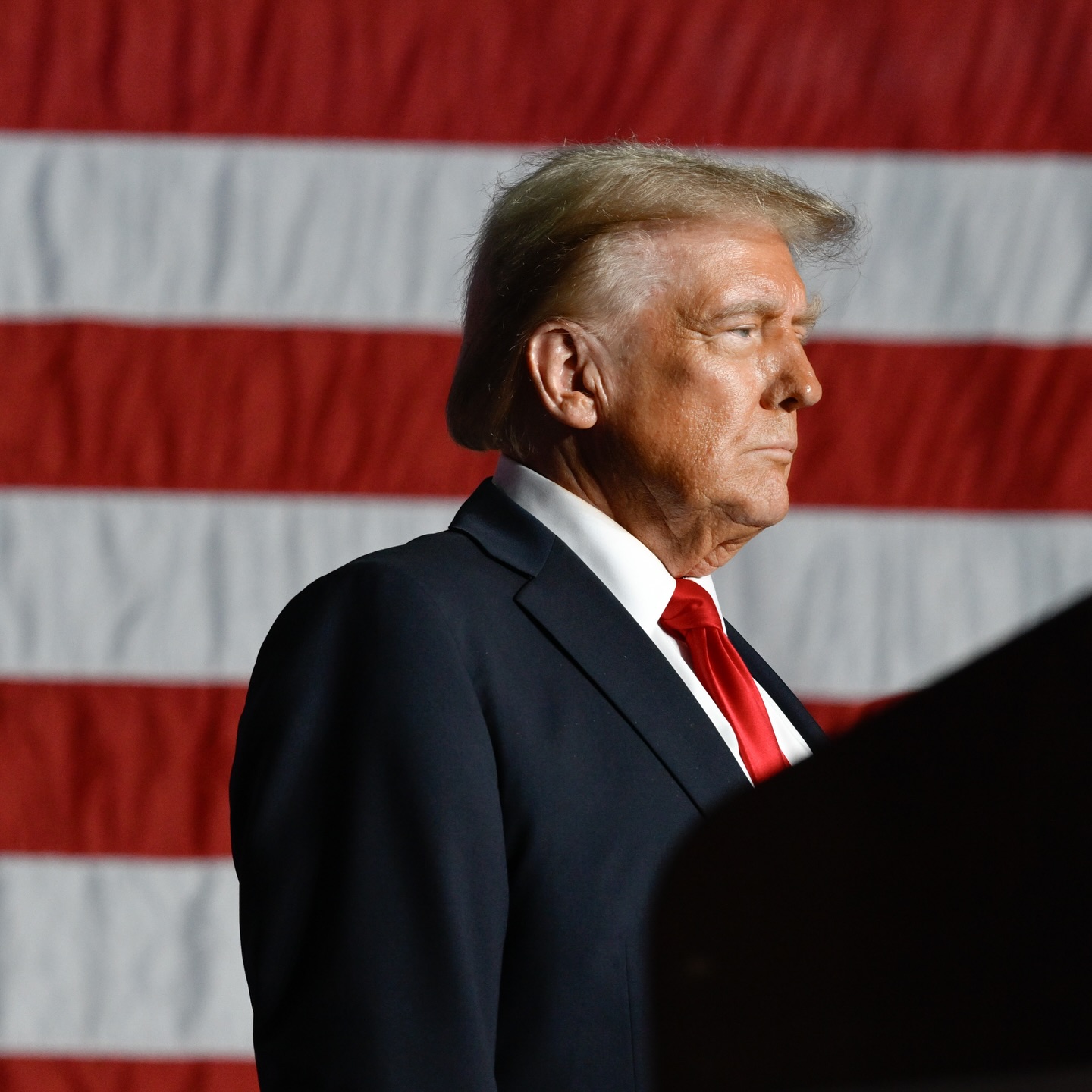Canada News
Trump for first time talks to international venue about making Canada a state
By Alexander Panetta, CBC News, RCI

Trump arrived with a broad message to the international business community: Build in the U.S. or face punishing tariffs. (File Photo: Donald J. Trump/Facebook)
Trashes northern neighbour during talk at Davos summit
Donald Trump for the first time used an international venue on Thursday for his eye-popping suggestion that the U.S. gain an additional state: Canada.
In his first global event since becoming U.S. president earlier this week, Trump spoke by video link to the Davos economic forum in Switzerland.
His speech and ensuing question-and-answer session offered an early example of the squeezing of various allies predicted for his (new window) presidency.
What was less predicted, until recently, was the intensity of that squeezing, the frequency of his focus on Canada, and his rhetorical swipes at its sovereignty.
Trump arrived with a broad message to the international business community: Build in the U.S. or face punishing tariffs.
Come make your product in America, and we will give you among the lowest taxes of any nation on Earth,
Trump said, somewhat exaggerating (new window) the U.S. corporate tax advantage.
But if you don’t make your product in America, which is your prerogative, then, very simply, you will have to pay a tariff.
And while he took swipes at several U.S. allies, including the European Union, he went on at some length disparaging Canada.
Trump has threatened to impose severe tariffs on the U.S.’s North American neighbours as early as next week, though he also signed an executive order (new window) that suggests a longer time horizon, demanding a study on North America’s borders by April 1.
That same order suggests Trump is looking to place pressure on additional fronts. It refers to the scheduled review of the North American trade agreement, and also orders his officials to report on trade deficits and on foreign taxes (new window) that hit U.S. businesses.
In his speech at Davos, he again complained about the U.S. trade deficit with Canada — which is real, but a fraction (new window) of the $200-$250 billion US Trump claimed in his speech, and tends to rise and fall with the price of oil Americans import.
We’re not going to have that anymore. We can’t do it,
Trump said, during an extended riff on Canada.
WATCH | Trump speaks at Davos:
Trump says he doesn’t need Canada’s oil, gas, cars or lumber
At the World Economic Forum in Davos, Switzerland, Donald Trump repeated his ‘51st state taunts,’ saying the U.S. doesn’t need Canada’s oil, gas, cars or lumber imports and called on all NATO member countries to boost their defence spending.
As you probably know, I say, ‘You can always become a state, and if you’re a state, we won’t have a deficit. We won’t have to tariff you.’
He complained that Canada has been difficult to deal with and repeated his past complaints about not needing its products: We don’t need them to make our cars, and they make a lot of them. We don’t need their lumber because we have our own forests. We don’t need their oil and gas.
The facts aren’t that straightforward. On oil, for instance, it’s true that the U.S. is getting closer (new window) to self-reliance than it’s been in decades, but it is still a net importer (new window), overwhelmingly from Canada (new window), and its refineries are designed to take in Canada’s heavy crude.
What’s unquestionably real is the economic pressure he’s exerting on several fronts.
It’s not just the 25 per cent tariff threat, although that’s bad enough. Companies are bracing for the damage and some, like Honda, have expressed (new window) nervousness about their production plans in Canada.
And it’s not just Trump’s other trade threats. It’s also the massive deregulatory (new window) effort he has launched in critical minerals, oil and gas, which risks pulling investment to the U.S. from other countries.
There’s also military pressure. Trump previously threatened to leave NATO countries undefended if they don’t ramp up defence spending; and he upped the ante in Davos.
Trump on Thursday said he’s going to demand that NATO countries increase military spending to an eye-watering five per cent of GDP. No NATO country has reached that level and most aren’t even close. (new window) Few are even halfway there. The U.S. is at 3.4 per cent.
In Ottawa, Prime Minister Justin Trudeau noted that Canada has almost tripled its defence budget, and recently promised (new window) to get to NATO’s current target of two per cent. It won’t happen (new window) for years, however, according to a parliamentary watchdog.
Canada will have ample opportunity to discuss these issues with Trump at various international forums this year.
There’s the G7 (new window) in Alberta in June, then the NATO (new window) summit in Europe later that month, though both events might occur after the federal election.
In the meantime, Trump is smashing generations’ worth of norms in the Canada-U.S. relationship, publicly questioning Canada’s sovereignty in a way no U.S. politician has done in over a century.
But all this talk about statehood will remain entirely hypothetical if American public opinion has anything to do with it. Several surveys — by the Wall Street Journal, Reuters-Ipsos and the Economist-YouGov — conducted in recent days suggest the idea of annexing Canada is massively unpopular.





















